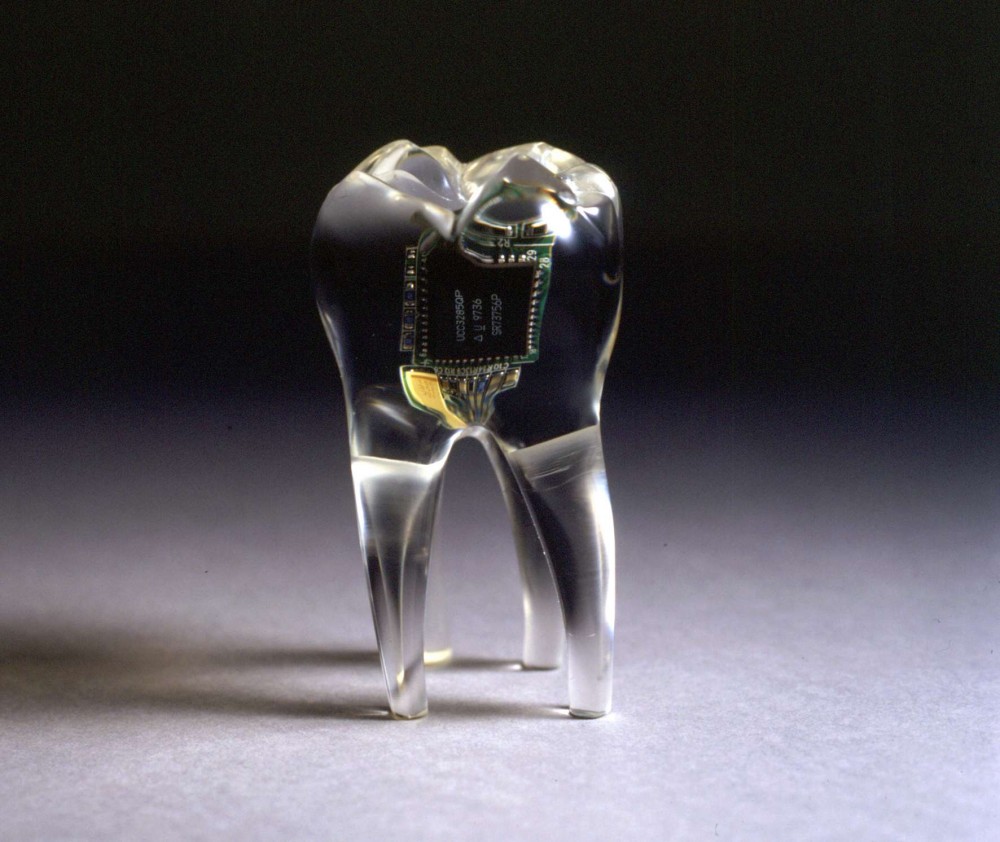Is the future of smart sensors in implantable wearables? I think so.
Experts see wearable technology as a fast-growing landscape, soon to have its “breakthrough moment in the sun”.
However, I believe that wearable technology will become, like all previous technologies, inconspicuous.
Right now, everybody is interested in fitness wearables.
However, wearables will only reach maturity after transitioning from outside our bodies to residing inside us.
That’s why the future of wearable technology lies in implantables.
Without further ado, here are my top 10 implantable wearables.
I’ve compiled this list based on the latest technological developments, or at least the ones that I am aware of.
1. Projected Smartphones
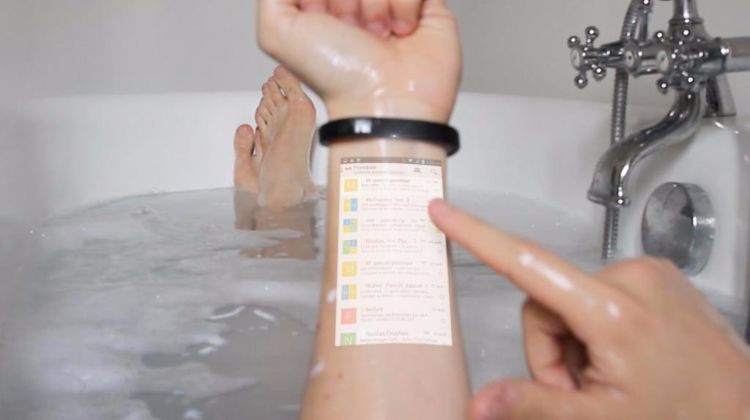
‘Cicret’ bracelet – emulating a system created by Autodesk designed to display images through the skin.
Nowadays we are connected to our smartphones 24/7.
But, what if we can connect to smartphones at a physical level? Well, it is happening.
Last year, artist Anthony Antonellis had an RFID chip embedded in his arm.
The chipset stores and transfers the art he creates to his smartphone, by thought only.
A similar project is led by Dr Tobias Reichenbach, at the Department of Bioengineering, Imperial College London.
It is a collaboration with a team of experts from the Max Planck Institute for Brain Research in Germany, the teams aim to turn human bones into functional speakers.
Another ‘eye-catching’ project – Argus 2 project- developed by a team of scientists from Australia lets the wearer capture images with a blink of an eye.
Once captured, the images are transmitted to local or cloud storage.
The question is, what takes the place of the screen if the smartphone is inside your body?
Well, the idea is to make the images appear in your eye implants.
If you feel that’s too intrusive, have a look at the pic above remaking the efforts of a team of specialists at Autodesk.
These guys are working on a system that lets the wearer display images through their skin.
2. Healing Chipsets
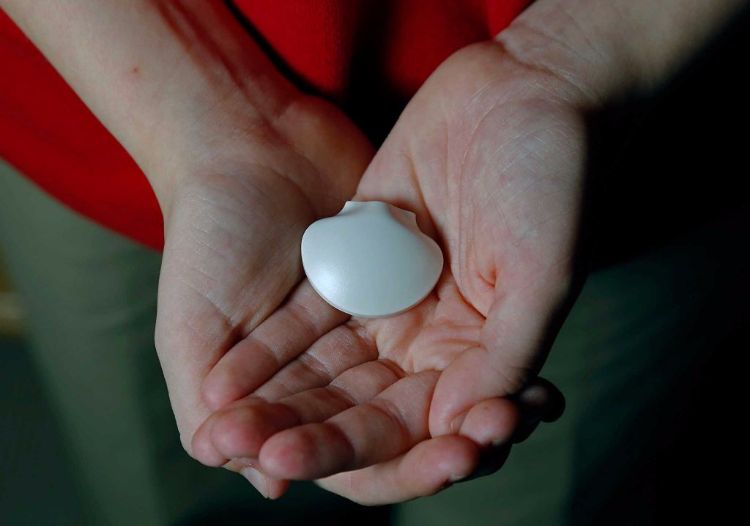
Scientists in London are developing swallowable capsule-circuits that monitor fat levels in obese patients.
There are many patients using cyber-implants connected to smartphones and special apps.
It allows them to monitor and act towards their diseases in real-time.
A more advanced implant is the bionic pancreas created at America’s Boston University.
The ‘organ’ has a microscopic sensor on an implantable needle and can talk to a smartphone app that monitors blood-sugar levels for diabetics.
Weekly Newsletter. Sign Up Now!
Celebrities, designers, and latest news in sustainable fashion.
A similar project is run by a team of scientists in London working on a swallowable capsule packed with smart circuits that monitor fat levels in obese patients.
Moreover, the capsules can ‘generate’ genetic material that makes them feel satiated and thus reduces the need for extra caloric intake.
It has great potential to become an alternative solution to the current surgical procedures or any other invasive ways to handle obesity and any associated medical conditions.
3. Cyber Pills Connected To Your Doctor

A British team of experts is developing cyber-pills. Packed with microprocessors, these pills can ‘text’ doctors from inside your body.
Implantables won’t just communicate with your smartphone but “chat up” with your doctor as well.
In a project named Proteus, after the microscopic body-navigating vessel in the film Fantastic Voyage, a team of British researchers is developing cyber-pills.
Packed with microprocessors, these pills can text the doctors right from inside your body.
The pills can share inside info to help doctors know if you are taking your medication, and if it is having the desired effect.
4. Implantable ‘Birth Control Pill’
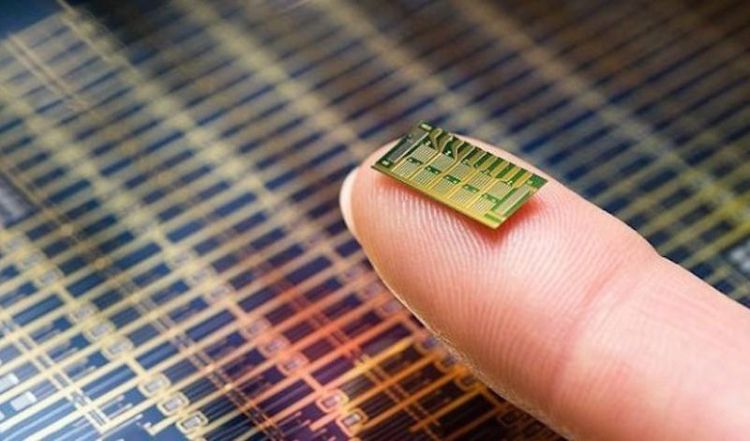
Implantable wearables – this is a microchip that contains a tiny reservoir of the hormone levonorgestrel, used for contraception.
MicroCHIPS in collaboration with the Gates Foundation is behind a project that seeks to create an implantable female contraceptive chip.
The chip can be controlled by an external remote control and works by generating small amounts of contraceptive hormones from within the woman’s body, for up to 16 years.
Implanting the chip is no more invasive than a tattoo.
Moreover, the chip has the ability to turn itself on or off, depending on the external factors as such “providing a great convenience factor for those who are planning their family” said Dr Robert Farra of MIT.
I think that ‘losing the remote’ has just gained a whole new meaning.
5. Smart Tattoos

Motorola has partnered with VivaLnk to launch a Digital Tattoo, an NFC-based skin tag that unlocks your phone with a quick tap.
Tattoos are hip and seemingly ubiquitous.
Would you like a smart digital tattoo that looks cool and performs useful tasks?
Or, unlock your car or enter any password with a ‘swipe’? Now you can.
Researchers at the University of Illinois have crafted an implantable skin mesh of computer fibres that does just that.
It is thinner than a human hair that can monitor your body’s inner workings from the surface.
Also, Dangerous Things has a similar NFC chip that can be embedded in your finger, through a tattoo-like process.
The chip lets you unlock things or enter passwords simply by pointing at the screen.
To add to that, a Texas-based research team has developed microparticles that can be injected under the skin.
6. ‘Brain-Computer’ Interfaces

Chipmaker Intel predicts practical computer-brain interfaces by 2022.
Having your brain linked directly to your computer is the dream of any sci-fi fan.
A team from Brown University, called ‘The BrainGate’ has almost turned the dream into reality.
The BrainGate website boasts: “by using an aspirin-sized array of electrodes implanted into the brain, results show that the neural signals can be ‘decoded’ by a computer, in real-time, and used to operate external devices.”
Telekinesis, here we come.
7. Meltable Bio-batteries
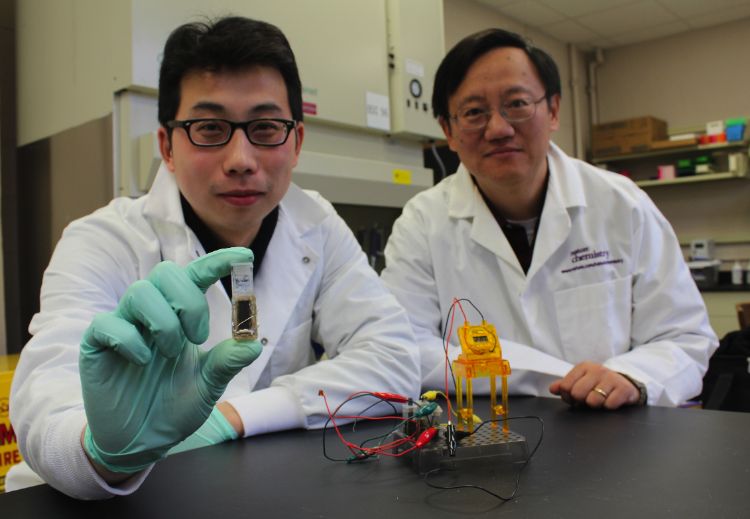
Think the potato battery of grammar school science, but smaller and much more advanced.
One of the main challenges faced by implantable tech has been, so far, powering up the devices tethered inside or floating around in the human body.
You can’t just plug them in.
However, you can’t take them out to replace a battery. Not with ease, at least.
That is why, a team of experts from Draper Laboratory in Cambridge, Massachusetts, is developing biodegradable swallowable batteries.
These batteries can generate power inside the body, transfer it via WIFI waves where needed, and then, once there is no more power left just melt away.
Another project is looking at how to use the body’s self-creation of glucose to generate electricity for implantables.
Think the potato battery of grammar school science, but smaller and much more advanced.
8. Smart Dust
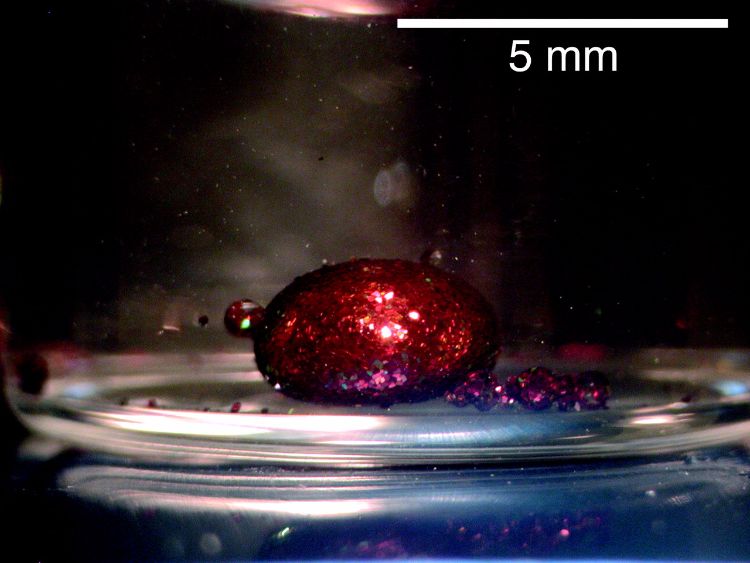
With smart dust, doctors will be able to act inside your body without opening you up and information could be stored inside you.
Perhaps the most startling of current implantable innovations is the ‘Smart Dust’.
It is an array of full computers with antennas, each much smaller than a grain of sand.
The ‘grains’ can organise themselves inside the body into smart networks and power a whole range of complex internal processes.
Imagine swarms of these nano-devices, called motes, attacking early cancer cells.
Or, closing and bringing pain relief to a deep wound. Or, storing critical personal information in a manner that is encrypted and hard to hack.
With smart dust, doctors will be able to act inside your body without opening you up.
Moreover, personal information could be stored inside your body, encrypted until you unlocked it from your personal nano-network.
9. 3D Printed Smart Organs
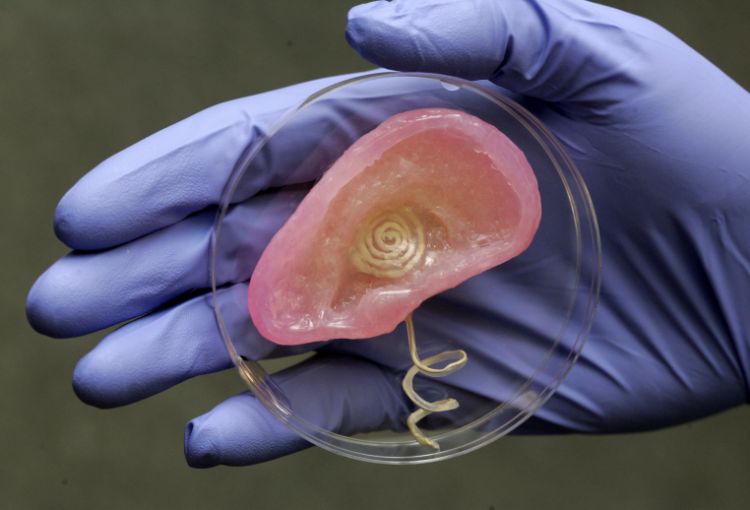
We can already make the skin for patients with burns or skin ulcers, and others like corneas and liver are in trials.
The idea behind tissue engineering is that you can take any piece of plastic and 3d print it to the desired form.
Add human cells to it, put some special media into the mix and voila!
You have just become a god.
You now have the ability to make skin, bones, tissues or any organ in the human body.
“There’s been significant progress in this field”, says Robert Langer, professor in biomedical engineering at Massachusetts Institute of Technology.
“We can already make the skin for patients with burns and skin ulcers and others like corneas and liver are in trials. Sooner than expected we will be able to do this for all tissues.”
10. The Verified Self
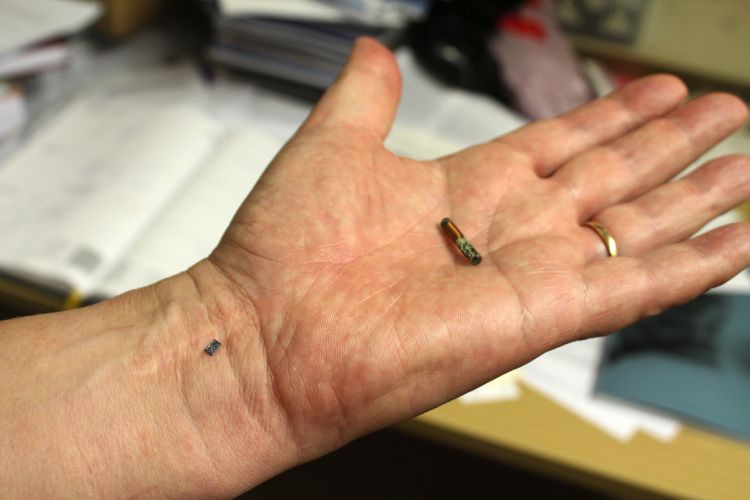
Implantables hammer against social norms by raising privacy issues and pointing to a potential dystopia.
Last but not least on our top 10 implantable wearables soon in your body.
The verified self tech could be used to ID every single human being in the world.
The US military already has a program afoot to equip soldiers with implanted RFID chips.
The goal is to keep track of the troops, in a simple yet automatic process that gives them access to physical and mental states but also to location and surrounding data.
Many experts insist that this new type of implantable ID is imperative for:
Crime-fighting.
Secure elections.
Instant medical responses.
End of child trafficking.
Weekly Newsletter. Sign Up Now!
Celebrities, designers, and latest news in sustainable fashion.
However, others argue that we are on a collision course with the perfect Orwellian society…
…the next ‘Big Brother’, knowing all, seeing all, controlling all.
Now it’s your turn…What do you think is the future of wearable tech? Fitness trackers or implantable wearables? Do you know of any other amazing implantable research you think I should share in here? Please share with me your thought and comments below. |
Weekly Newsletter. Sign Up Now!
Celebrities, designers, and latest news in sustainable fashion.
WTVOX – ‘Voicing the Future of Fashion’
For similar content and lightning-quick news delivered directly to your inbox subscribe to our weekly newsletter.
For daily updates in sustainable fashion, designer innovations, organic beauty, and conscious lifestyle follow us on social media: Instagram, Youtube, LinkedIn, Facebook, Twitter.
Finally, if you want to interact with thousands like you, join your tribe on the Future of Fashion Group.


